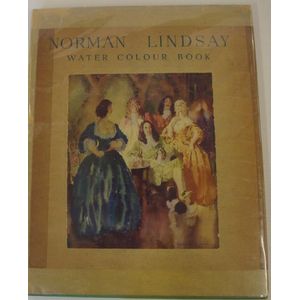Qing Dynasty Embroidery Panel with Peaches and Foliage
You must be a subscriber, and be logged in to view price and dealer details.
Subscribe Now to view actual auction price for this item
When you subscribe, you have the option of setting the currency in which to display prices to $Au, $US, $NZ or Stg.
- Ming Dynasty - The Ming Dynasty was a ruling dynasty of China from 1368 to 1644. It succeeded the Yuan Dynasty and preceded the Qing Dynasty. The Ming Dynasty was established by Zhu Yuanzhang, a former Buddhist monk who became a rebel leader and eventually overthrew the Mongol Yuan Dynasty. During the Ming Dynasty, China experienced a period of relative stability and prosperity. The government was centralized and bureaucratic, with the emperor at the top of the hierarchy. The Ming Dynasty is known for its cultural achievements, including the development of porcelain, the invention of movable type printing, and the construction of the Great Wall of China.
- Qing Dynasty - The Qing Dynasty was the last imperial dynasty of China, ruling from 1644 to 1912. It was established by the Manchu people, who originated from the northeastern region of China. The Qing Dynasty was preceded by the Ming Dynasty and followed by the Republic of China.
- Roundel - A roundel is a circular disk, medallion or border on a plate or dish, on an object of furniture. A plate or dish will often have a central circular bordered decoration, termed a roundel. In furniture the word is often used instead of the word 'patera' to describe a turned circular decoration. In recent times use of the word has expanded to encompass any circular area on an object.
This item has been included into following indexes:
- Oriental textiles & costume, Chinese
Visually similar items

Antique Chinese celadon bowl 14 cm diameter

A Japanese six fold scenic gilt screen Meiji period, 19th century figural scene within mountainous and riverside reserves water damage, scratches and losses, 375 x 183 cm

Norman Lindsay limited edition water colour book, eighteen reproductions in colour, and a biographical survey . by G. Blunden, publication number 1 The Springwood press 1939

McHugh Tasmanian pottery 'Kelpie' dog doorstop glazed in green & brown. Height 21 cm, width 33 cm, depth 15 cm
